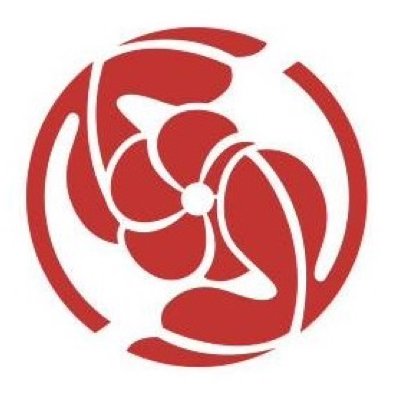Japanese Institute breaks optical fiber speed record with 22.9 petabits per second — 1,000 times faster than existing cables
 stopthatgirl7@kbin.social to
stopthatgirl7@kbin.social to 

tomshardware.com
Speedy thing goes in, speedy thing comes out.
You are viewing a single comment
It still shocks me that they cap usage. There is no reason at all to do this. Why are they doing it?
Their network is under provisioned. They sell an apartment building 300mbps connections to all 8 tenants, but only have a 1Gb connection. To make sure that link isn't always saturated, they impose a data cap to make you not want to use the bandwidth you're paying for. On top of that everyone's connection is crippled during hours like the evening when everyone is using it. As a bonus, they can sell you cable TV on top, so you don't hit your data cap watching shows.
I build ISP and private data networks for a living.
A contention ratio for residential circuits of 3 to 1 isn't bad at all. You'd have to get pretty unlucky with your neighbors being raging pirates to be able to tell that was contended at all. Any data cap should scare the worst of the pirates away, so you probably won't be in that situation.
If you can feel the circuit getting worse at different times of the day then the effective contention ( taking into account further upstream ) is probably more like 30 to 1 than 3 to 1.
Wouldn't two Steam users downloading a game be enough to notice?
QoS is a thing, so it depends.
Yeah, stream is faster than most Linux torrents in my experience
Steam can do pretty well filling a tail circuit, probably better on average. But a torrent of a large file with a ton of peers when your client has the port forward back into the client absolutely puts more pressure on a tail circuit. More flows makes the shaping work harder.
Sometimes we see an outlier in our reporting and it's not obvious if a customer has a torrent or a DDoS directed at them for the first few minutes.
No, if two 300 megabit tails are shaped correctly, a third user shouldn't notice that the 1G backhaul has got a bunch of use going on.
If you do, there's something wrong or you aren't really getting the 1G for some reason. Not generally a concern in a carrier platform.
Depends. If steam is pulling a full 300mbps on both connections there would still be 40% of the bandwidth available.
I cringe every time I hear people choosing LTE / 5G for home connection over DSL / fiber. Here ISP's can't legally have a mimimum bandwidth less than 70% of the nominal bandwidth for fiber / copper described in the contract.
But they can sell as many mobile subscriptions as they please and they sure like selling them.
Are you kidding? Lol. It's money. The answer is always money.
Queue nip flaps and rubbing.
The only reason its ever been, money
Because businesses exist to make money, so they have to balance charging as much money to the customers as they can without losing them to a competitive company. That used to mean that they had to treat customers with respect and make them want to stay with the business, but now they've realized that they can just pay lawmakers to let them have a monopoly, allowing them to charge as much money to the customers as they want without worrying that they'll leave, since there's either no competition for them to leave to, or the competition is using the same strategy, so leaving wouldn't fix anything anyway. Free market, baby!
ISP shittiness aside, ISPs do actually pay for Internet backbone access by the byte. Usually there are peering agreements saying "you take 1tb of traffic from us, and we'll take 1tb of traffic from you", whether that traffic is destined for one of their customers (someone on Comcast scrolling Instagram), or they're just providing the link to the next major node (Comcast being the link between AT&T's segment of the US backbone and Big Mike's Internet out in podunk Nebraska).
And normally that works pretty well, until power users start moving huge amounts of data and unbalancing the traffic.
That depends on where those bytes go, though. There is also the concept of "settlement-free peering" and content caches that are located in the ISP network.
For example we have a Google Global Cache instance in our network, so most Google traffic is served from there and we don't pay anyone per byte, we only pay for the power and space. Same for Akamai. Then for Microsoft, Cloudflare and Facebook we have peering links, where we can send and receive data related to their services freely, without balance requirements.
Of course this is only possible for larger networks (peering with everyone is not feasible) and we still pay for the other traffic, but it takes care of a lot of the volume.
It’s illegal for them to cap it in some jurisdictions (e.g. Massachusetts, where I live).